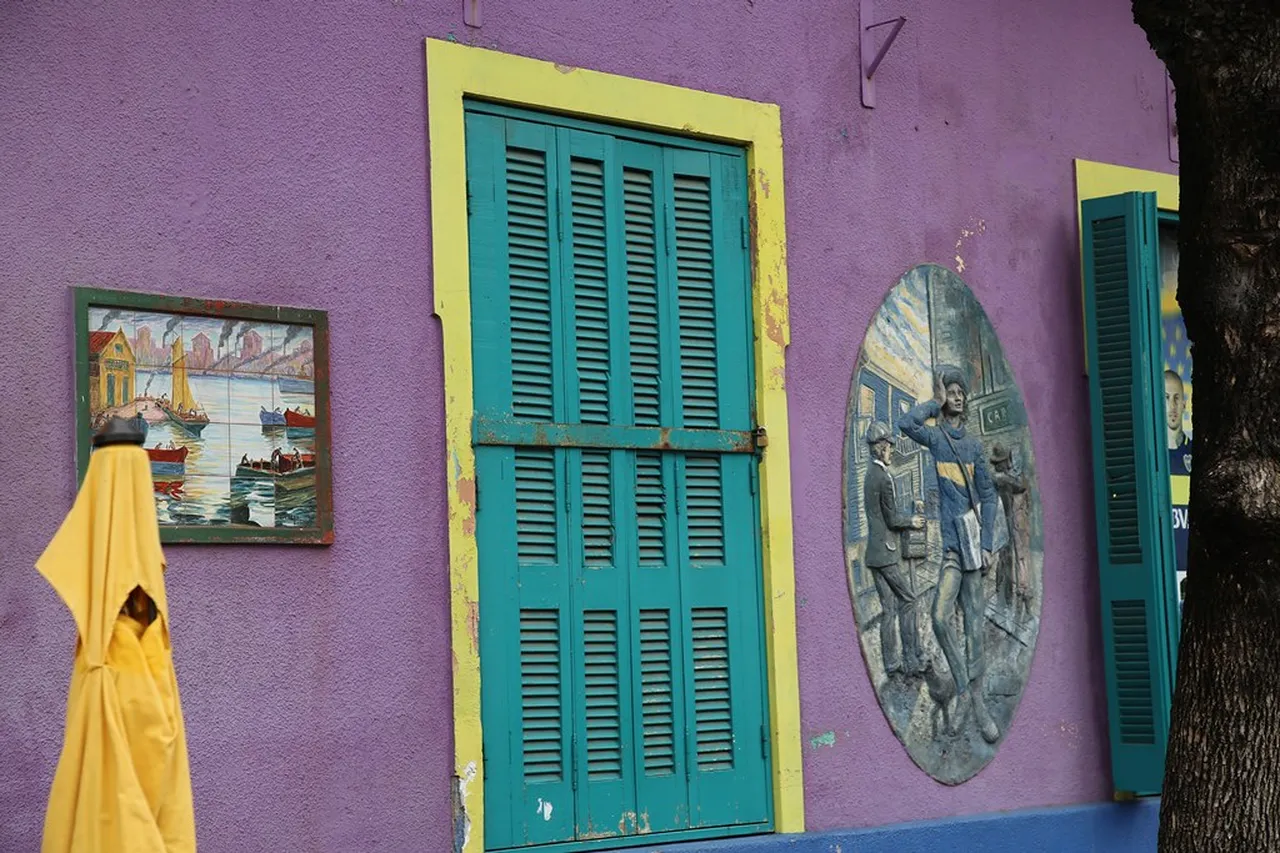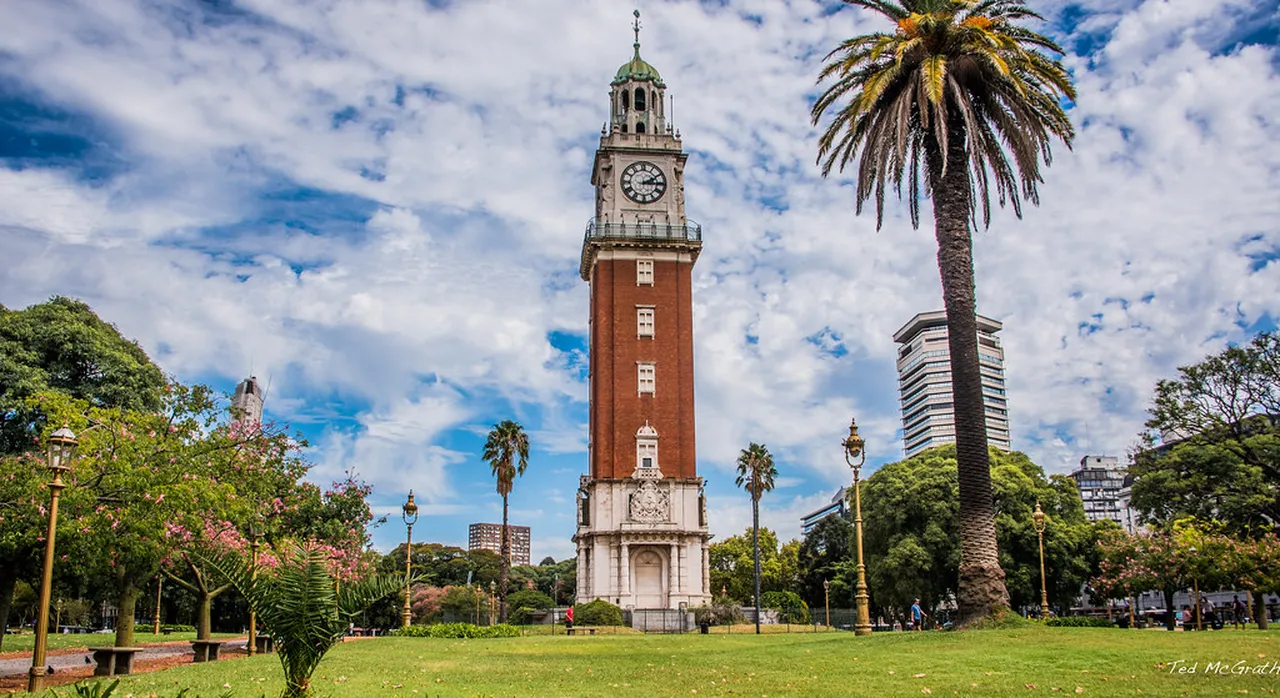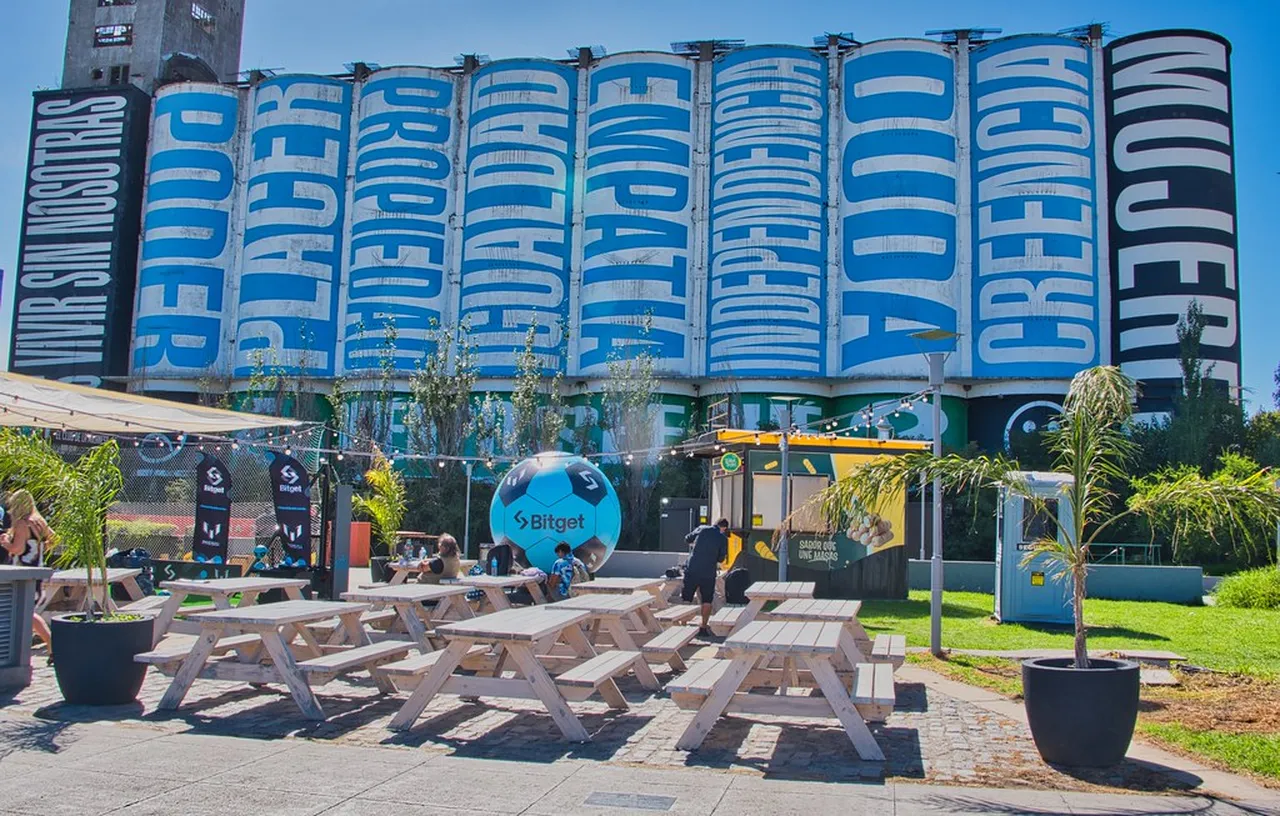
Buenos Aires Landmarks: Explore 10 Iconic Attractions
Table of Contents
Buenos Aires Landmarks
Buenos Aires is a vibrant and bustling city filled with rich history, stunning architecture, and a fusion of cultures that make it a unique destination in South America. As you stroll through its streets, you will encounter a variety of landmarks, each telling a story about the city’s diverse heritage and artistic flair. In this article, we will guide you through ten iconic Buenos Aires landmarks that every traveler should visit. From the grandeur of government buildings to charming neighborhoods, these landmarks capture the essence of the city and offer a glimpse into its past and present.
Want to find the best travel deals for this destination? adventure planner tool with our adventure planning specialist!
1. The Majestic Plaza de Mayo: The Heart of the City

The Plaza de Mayo is undeniably the heart of Buenos Aires. This historic square serves as a gathering point for citizens and visitors alike, showcasing the city’s rich history. As I stood in the plaza, I was mesmerized by its surrounding landmarks, including the iconic Cabildo and the stunning Metropolitan Cathedral.
Moreover, this landmark plays a significant role in Argentina’s political history. Notably, demonstrations and celebrations have unfolded here, adding to its dynamic atmosphere. Transitioning from day to night, the plaza transforms, with street performers and vendors bringing even more life to this captivating spot.
Tip: Visit on Thursdays to experience the Mothers of Plaza de Mayo, who gather to advocate for their missing children, adding an emotional depth to this historical site.
2. The Iconic Obelisco: A Symbol of Buenos Aires

Standing tall at the intersection of two major avenues, the Obelisco is one of the most recognized Buenos Aires landmarks. Erected in 1936 to commemorate the city’s 400th anniversary, it serves as a unifying monument for locals. Its striking height makes it a stunning sight against the skyline.
Additionally, the surrounding area is vibrant with life. As I strolled around, I discovered that the Obelisco is a popular meeting point. Events and celebrations frequently occur here, making it a hub of activity. Remember, sunsets illuminate the monument beautifully, creating a picturesque scene.
3. Exploring La Boca: Colorful Streets and Passionate Tango

La Boca, known for its vibrant colors and artistic spirit, is a must-visit destination in Buenos Aires. The neighborhood is famous for its tango dancers who perform in the streets, providing an authentic Argentine experience. As I wandered through the colorful Caminito street, the passion of the dance captivated me.
Furthermore, the lively atmosphere is complemented by local artisans selling their crafts. It’s a perfect place to soak up the Culture and enjoy a meal at a traditional Argentine trattoria. Additionally, La Boca is home to the famed Boca Juniors football team, adding yet another layer of excitement for sports fans.
4. San Telmo Market: A Cultural Hub of Tradition and Flavor

San Telmo Market is one of the most vibrant Buenos Aires landmarks that you must visit. This historic market, located in the heart of the San Telmo neighborhood, is filled with artisanal goods, local delicacies, and a rich tapestry of Argentinian Culture. As you stroll through the bustling aisles, you’ll encounter a myriad of flavors and aromas that will tempt your taste buds.
Notably, the market operates on Sundays, attracting crowds with its lively antique fair. This atmosphere provides the perfect backdrop to experience traditional tango performances and local musicians, creating a festive vibe. Additionally, be sure to try some of the delicious street food, such as empanadas and churros.
Pro tip: Arriving early allows you to snag the best bites before the crowds surge!
5. Recoleta Cemetery: A Hauntingly Beautiful Final Resting Place
Insider Tip: Get the most out of your Buenos Aires visit with guided tours!

The Recoleta Cemetery is not just a burial site; it is a grand display of art and history, making it one of the most fascinating Buenos Aires landmarks. This cemetery, filled with ornate tombs and mausoleums, is a veritable open-air museum. As you walk through its winding paths, you will marvel at the intricate designs and sculptures that tell stories of the past.
Among the many famous figures buried here is Eva Perón, a beloved icon of Argentine history. Visitors often find themselves captivated by the beauty and symbolism of the tombs. Moreover, the cemetery offers a tranquil escape from the city’s hustle and bustle, making it a peaceful place for reflection.
6. The Stunning Teatro Colón: A Jewel of Argentine Opera
Teatro Colón is arguably one of the most exquisite Buenos Aires landmarks, renowned for its exceptional acoustics and stunning architecture. Opened in 1908, this opera house is a cultural beacon and home to many prestigious performances. Visitors can take guided tours to explore its opulent interiors, including the grand foyer and the magnificent main auditorium.
What’s more, Teatro Colón has hosted some of the world’s greatest artists and is considered one of the best opera houses globally. If you’re lucky enough to catch a performance, the experience will be unforgettable. In conclusion, whether you’re an opera aficionado or a first-time visitor, Teatro Colón is a must-see destination in Buenos Aires.
7. The Historic Cabildo: A Glimpse Into Colonial Times
The Cabildo of Buenos Aires is a significant historical landmark that reflects the city’s colonial past. Located beside the famous Plaza de Mayo, this stunning building once served as the town hall during the Spanish colonial era. As you approach the Cabildo, you’ll notice its impressive neoclassical architecture, which stands as a testament to the city’s rich history.
Transitioning from the bustling streets to the tranquil ambiance of the Cabildo, visitors can explore a museum that showcases artifacts, documents, and exhibitions related to the independence of Argentina. Importantly, guided tours offer detailed insights into its historical significance.
Pro Tip: Make sure to visit on weekends when historical reenactments take place, enriching your experience even more!
8. Palermo Parks: Green Oasis in the Bustling City
If you desire a break from the vibrant city life, look no further than the vast Palermo Parks. This expansive green area is filled with beautiful gardens, tranquil lakes, and shaded paths, ideal for relaxation or a leisurely stroll. With numerous parks, including the renowned Rosedal, nature lovers will be in paradise.
Additionally, the parks are perfect for picnics, and you’ll often find locals enjoying outdoor Activities. Transitioning from busy tourist spots, Palermo Parks offer a serene atmosphere where one can unwind and enjoy nature.
| Park | Main Attraction |
|---|---|
| Rosedal | Stunning Rose Garden |
| Parque Tres de Febrero | Boating Lakes |
| Jardín Botánico | Diverse Plant Species |
9. The Modern MALBA: A Celebration of Latin American Art
The MALBA (Museo de Arte Latinoamericano de Buenos Aires) is a must-visit for art enthusiasts. Founded in 2001, the museum showcases modern and contemporary Latin American art. Its collection features works from prominent artists such as Frida Kahlo and Diego Rivera, ensuring a rich experience for visitors.
Furthermore, the museum’s architecture is striking and complements the artistic gems housed within its walls. Transitioning through each exhibit, you’ll gain insights into the evolution of Latin American art. Additionally, temporary exhibitions often feature local talents, providing a fresh perspective on the region’s creative scene.
Don’t miss the museum’s café, which offers a delightful selection of Argentine pastries!
10. The Enigmatic Casa Rosada: The President’s Pink House
The Casa Rosada, or Pink House, stands as one of the most significant Buenos Aires landmarks. This iconic structure serves as the official workplace of the President of Argentina and is imbued with rich history and political importance. Its unique pink hue, crafted from a mix of lime and blood from cows, immediately captivates visitors and locals alike.
Moreover, the architecture of the Casa Rosada offers an intriguing blend of styles, particularly Italian Renaissance and Spanish Baroque influences. When you visit, make sure to explore its stunning façade and well-manicured surroundings in Plaza de Mayo.
One cannot forget the famous balcony where historical figures, including Eva Perón, addressed the public. Thus, a guided tour is recommended to fully appreciate its grandeur and significance. Consequently, the Casa Rosada is a must-see on your journey through Buenos Aires and a place where Argentina’s vibrant history comes to life.
Buenos Aires is a city rich in culture and history, clearly reflected in its iconic landmarks. From the lively streets of La Boca to the stately Plaza de Mayo, each landmark offers a unique insight into the story of the city. Whether you are a history buff, an art lover, or simply looking to experience the local culture, these Buenos Aires landmarks are essential to your travel itinerary. Which landmark intrigues you the most? Share your thoughts in the comments below and let us know about your experiences in this vibrant city!